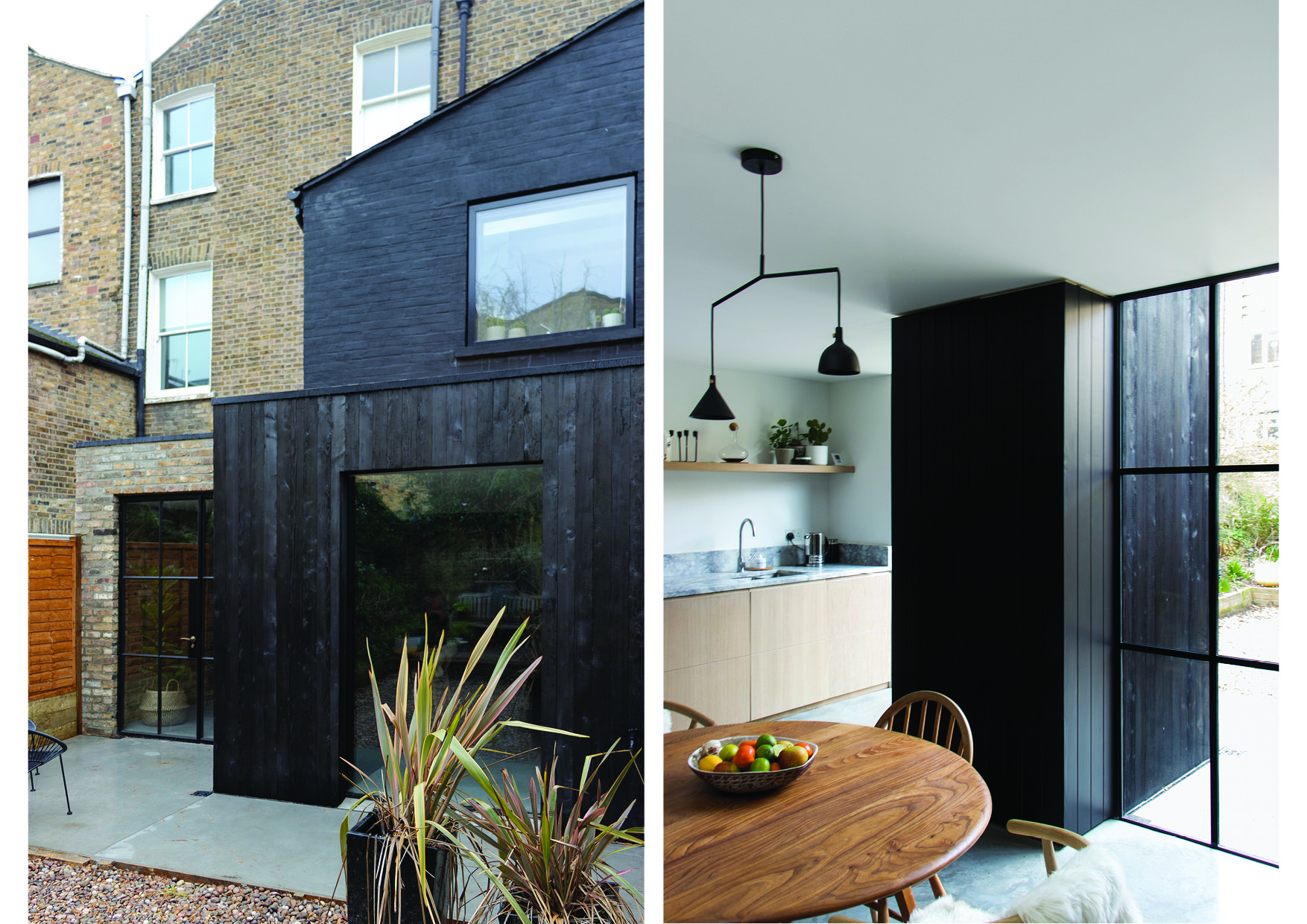Renovating your home is exciting, but costs can escalate quickly. If you’re working with a limited budget, you might be wondering: can I really afford to hire an architect? The truth is, using an architect (or architectural designer) can actually help you save money by avoiding costly mistakes and ensuring a high quality of design at the same time.
This guide covers how to plan a renovation or extension on a tight budget – how much you should allow for design fees, and when it’s worth bringing in professional help.
Renovation above by William, architect on Design for Me in North London. See his full profile and shortlist him for your home project here
Why use an architect on a tight budget?
- Maximise space and light through clever layout and detailing.
- Avoid expensive errors in planning and construction.
- Get accurate builder quotes with proper drawings and specs. This prevents costs increasing during the construction phase of the project,
- Navigate rules with confidence – see Do I need an architect for an extension?
Architect Fee Examples by Project Type
These are the average prices given from the architects surveyed for the starting price for a typical project. This is from our recent survey of architect costs from over 100 residential architects and designers in the UK on Design for Me. See the full article here of architect costs.
- 10m² Kitchen Extension: £45k–£90k → Architect fee £5k–£10k
- Double-Storey Extension: £75k–£137k → Architect fee £8k–£15k
- Loft Conversion: £55k–£88k → Architect fee £6k–£10k
- Mansard Roof Extension: £97k–£110k → Architect fee £10k–£12k
To keep costs to a minimum, you may decide to only use an architect for the design stages of the project, and not during the construction phase.
The fees above are for full services, but these can be broken down into stages:
Typical Fee Breakdown
- Outline Design: 35%
- Technical Design / Tender: 35%
- Construction Phase: 30%
Architectural design alternatives
If your budget is tight, as well as reducing the scope of your architect’s involvement in the project, you could also consider using a different type of architectural design professional (depending on your brief and design aspirations), which could result in lower fees.
- Small practices – lower overheads and competitive fees. Start here: Find an affordable architect.
- Freelancers – read our guide: How to find a freelance architect.
- Architectural technologists – specialists in technical design and Building Regulations. See, What’s the difference between an architect and an architectural designer or technologist?
- Interior architectural designers – ideal if your renovation is mainly internal reconfiguration. See, Do I need an architect or interior designer?
Set a realistic renovation budget
- Construction costs – as a guide, £2,000–£2,800 per m² depending on location. See our full guide: How much does a house extension cost?
- Design fees – See, How much does an architect cost?
- VAT – typically 20% on most costs.
- Consultants – party wall surveyor, planning consultant, building control, etc. In a recent survey (2025), we found that the typical combined cost for other consultants was £2,500 – £6,000 for a small house extension project
- Contingency – allow at least 10% for the unexpected.
Tips for renovating on a tight budget
1) Prioritise essentials
Focus first on the changes that improve day-to-day life (e.g. more space, better layout, extra bedroom, safer structure). Defer “nice-to-haves” like premium finishes or bespoke joinery until later.
2) Consider phasing
Build the shell now, finish interiors later. Ask your architect to design with future phases in mind so upgrades are simple and cost-effective.
3) Explore cost-efficient methods
Standardised construction and simple forms typically cost less. Prefab/modular can sometimes help too – see Prefab and modular extensions: costs, pros and cons.
4) Get multiple quotes from builders
Seek at least three comparable tenders and provide the same drawings/spec to each contractor. Your architect can help assemble a tender pack and compare like-for-like.
5) Keep finishes simple
Great design with modest materials beats poor design with expensive finishes. Use paint and engineered flooring now; upgrade to tiles or bespoke fittings later when budget allows.
When not to cut corners
- Planning & Building Regulations – non-compliance can mean delays, rework or even removal. Read: Building control regulations for an extension.
- Structural safety – removing load-bearing walls or altering roofs? You’ll need a structural engineer. More: Structural engineer or an architect?
- Contracts & insurance – use a proper building contract and ensure your professionals carry PI insurance.
Key takeaways
- An architect helps you spend wisely, not wastefully.
- Prioritise, phase the project, and design for value.
- Consider freelancers/technologists to match scope with budget.
- Never cut corners on compliance, structure or safety.
Ready to get tailored advice?
At Design for Me, we connect you with affordable architects and designers across the UK who specialise in home projects like yours.
Find your affordable architect now


